Why does all responses from ASP.NET contain Cache-Control: private? Even a 404 response? Is there something in IIS that sets this default value, and is there a way to configure it? Or is there something in ASP.NET that sets this?
For dynamic content (that is, all MVC results) I would not like it to be cached by the browser, since it is dynamic and can change at any time. Static content is hosted on a CDN, so is not served by IIS.
Edit:
To clarify, I understand very well what Cache-Control: private is, the difference between private, public, no-store, etc and how/when to use them. The question I have is why Cache-Control: private is added by default by IIS/ASP.NET and how to prevent it from being added by default. I understand that it can be useful to cache dynamic pages, but in my application I don't want to cache dynamic pages/responses. For example, I don't want XHR JSON responses to be cached, since they contain dynamic content. Unfortunately the server adds Cache-Control: private to all responses automatically, so I have to manually override it everywhere.
How to reproduce: Open visual studio and create a new ASP.NET Framework (yes, framework, no not Core. We are not able to migrate our system to core yet) solution with an MVC project. Now start the project in IIS Express (just press the play button), and use F12 devtools in the browser to look at the http response. You will see that it contains Cache-Control: private. My question is, what adds this header, and how can I prevent it from being added by default?


